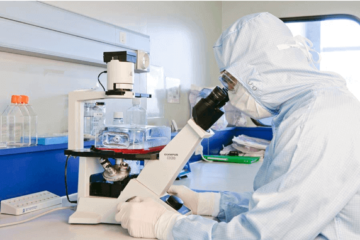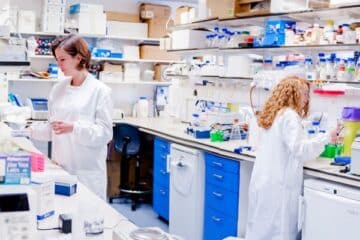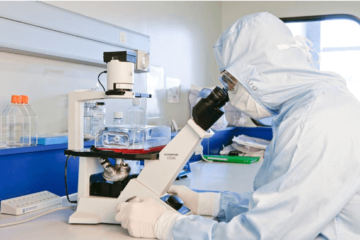Treatment of autoimmune hepatitis with stem cells
Autoimmune hepatitis (AIH) is a chronic liver disease in which the body’s immune system attacks the liver cells. Stem cell therapy has emerged as a promising treatment option for AIH, offering the potential to regenerate damaged liver tissue and suppress the immune response. This article explores the current state of stem cell therapy for AIH, examining clinical trials, mechanisms of action, and future directions in research.











